I’ve heard the Nikon FM3A being described as “The most advanced manual focus SLR camera ever”, “Nikons mechanical epitome”, and “The Perfect Desert Island Camera” by Anil MISTRY (Link). Nice write up Anil, it was your article that finally made me pull the trigger on mine. I decided to call mine “The Last Ninja”
When I first got the camera, I tested everything and she was a beauty! I thought I would have to replace the battery and possibly a light seal or two. But alas, I was blessed with a camera in great condition, inside and out. No maintenance needed. Light readings were spot on and even the mirror bumper looked fresh and fluffy.
Many people shoot a test roll to check for light leaks, or other faults. I dived straight in. Deciding that the first roll of film to grace “The Last Ninjas” belly would be the adored Kodak Tri-X 400 rated it at 1600. One of the fancy features of the FM3A is that it sports auto DX code reading, so I had to manually select 1600 on the ISO dial.
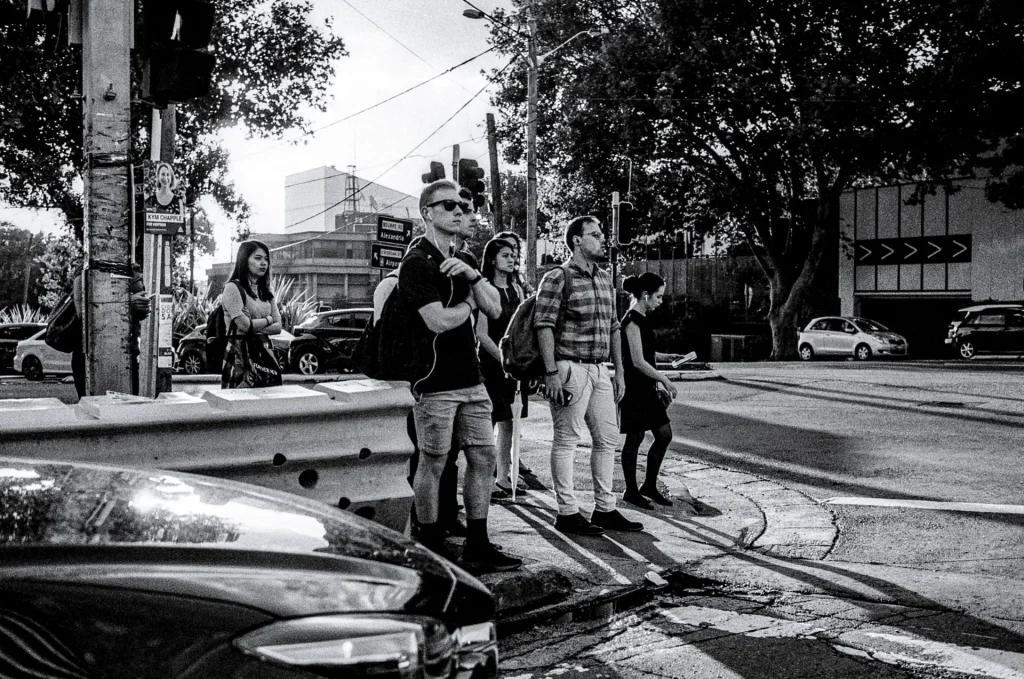
Features
Nikon gave this camera a very smooth film advance lever, it boasts 1/4000th of a second shutter speed, easy double exposure thanks to a sneaky lever, exposure compensation dial and auto DX code reading. Auto DX code reading is perfect when you want a hassle free loading experience. It always sets the correct box speed if your film canister is properly coded from manufacturer, or you can manually select from ISO 12 to 6400.
It has a small window on the rear door that helps you remember what film is loaded, if any; handy after a stint on the bench. It has an auto exposure lock button on the back easily accessible by the thumb just like in the newest DSLRs. I had also never read about the blue slide bar overlay it uses as part of the metering system – that was a welcome surprise.
This camera was a progression and culmination of both the FM and FE range in the Nikon line-up. Everything feels solid, sturdy and well built, it’s intuitive to use. The shutter has a slightly muffled sound, the slower speeds sound good, the faster speeds make a noise that is very regular almost unimpressive.
Focusing is very easy with the split screen. I get a very high percentage of keepers with this camera, probably more than any other camera I have ever owned.
How can it not be a great camera? It has taken all the attributes from decades of design and feedback of the Nikon FE, FM, FE2 and FM2. All awesome camera systems in their own right and produced something special and unique in 2001, a truly mechanical marvel.
Ergonomics
I find the camera very ergonomic, intuitive and tactile, I love the thick knurled shutter speed dial. I don’t need to take my eye off the subject to change shutter speed.
I also love the feel of the high grade rubberized plastic that doesn’t look like it will decay anytime soon (like I’ve seen on some cameras). It actually feels pretty indestructible. The metal is smooth and lustrous, I have the black and silver version – I hear that the all black version is a little harder to come by.
My lenses
It feels perfectly balanced with the 50mm E series lens. I mostly use the Ninja with my 35mm f2 D lens, this is my preferred focal length -it feels a little front heavy with this lens, but still very manageable.
For me, my choice of lenses is the D range – you might ask why? The answer is simple – I just prefer the D lens range. They sport the latest technology available at the time regarding lens coating, and are also compatible with “The Last Ninja” in aperture priority mode, the mode preferred by many photographers, including myself. The D series of lenses is the last series to use an aperture ring on the lens, this makes them compatible with the whole Nikon FM and FE range of cameras – one (aperture) ring to rule them all!
If I had a Nikon F or F2, I would absolutely have to have an old 50mm but I don’t. The D range covers all my needs… having said that, the rabbit ears are kinda cute.
Alongside the 35mm, I have a 24mm f2.8 D prime that is great to fit some extra info into the frame or create some dramatic wide angles. I also have two zooms, a 28-70mm D and a 70-300 D that I try to avoid. I would like to buy a 50mm f1.4 D as they are relatively inexpensive but I have the 50mm f/1.8 E series, so it’s hard to justify.
My next lens is either going to be an 85mm or a longer prime. I’m saving funds for this and will decide when funds have been properly allocated to the cause. I know that during this pandemic photography is very much a luxury with the economy being at record lows. Curiously this has not affected film camera prices at all, so contrary to what the wife says, they are a solid bit of investment…
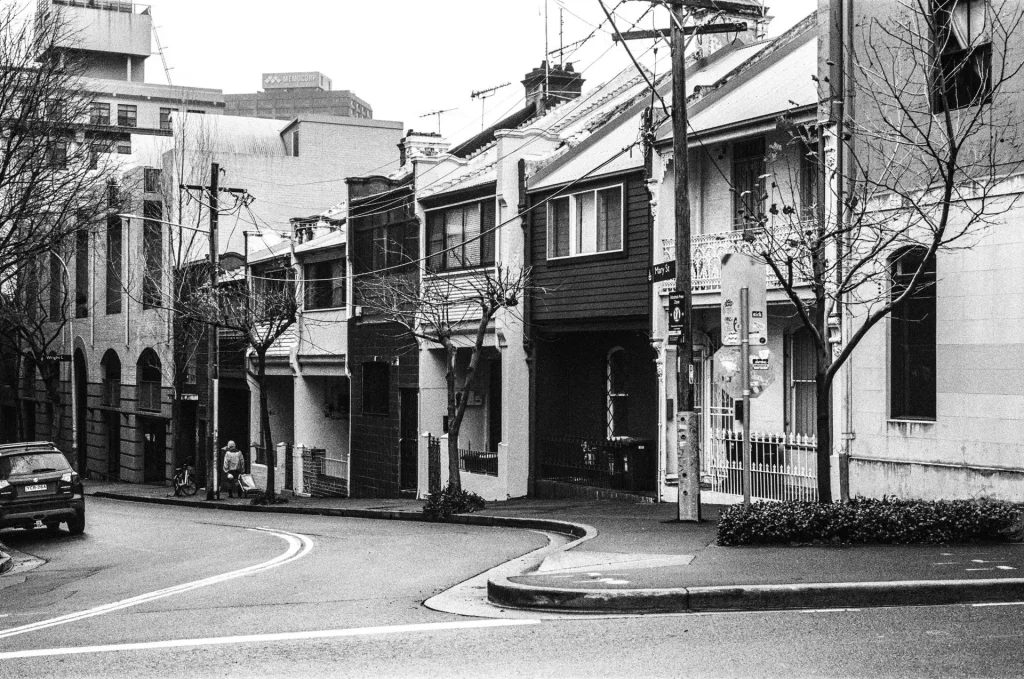
The Code Name
If you’re wondering why I call my FM3A “The Last Ninja” you just have to think about the cameras origins and after only a few seconds you’ll see the connection. To me, there is just so much that comes to mind. It’s the epitome of mechanical SLR’s, comes from Japan, a country positively obsessed with precision, built into their way of life; a country filled with history and tradition of Emperors, Shoguns, Samurais… and the odd Ninja.
It’s the last of Nikon’s mechanical shutter era, with a unique skill set that eventually faded with time. Classic design, manufacture and assembly. Like skills learned and passed down in apprenticeships, just like the swordsmiths of old creating the best hand forged weapons in the land. It not only marked the pinnacle of photography from that bygone era but also held the mystique and soul of all its predecessors.
Speed
Autofocus cameras come with a cynical thirst for speed and power. This saw the need for larger batteries. The focus became development of motor drives and larger batteries that connected to rapid fire machine-gun-like shutters. Similar to the ones in the movie with our hero Tom Cruise “The Last Samurai” which were eventually his downfall.
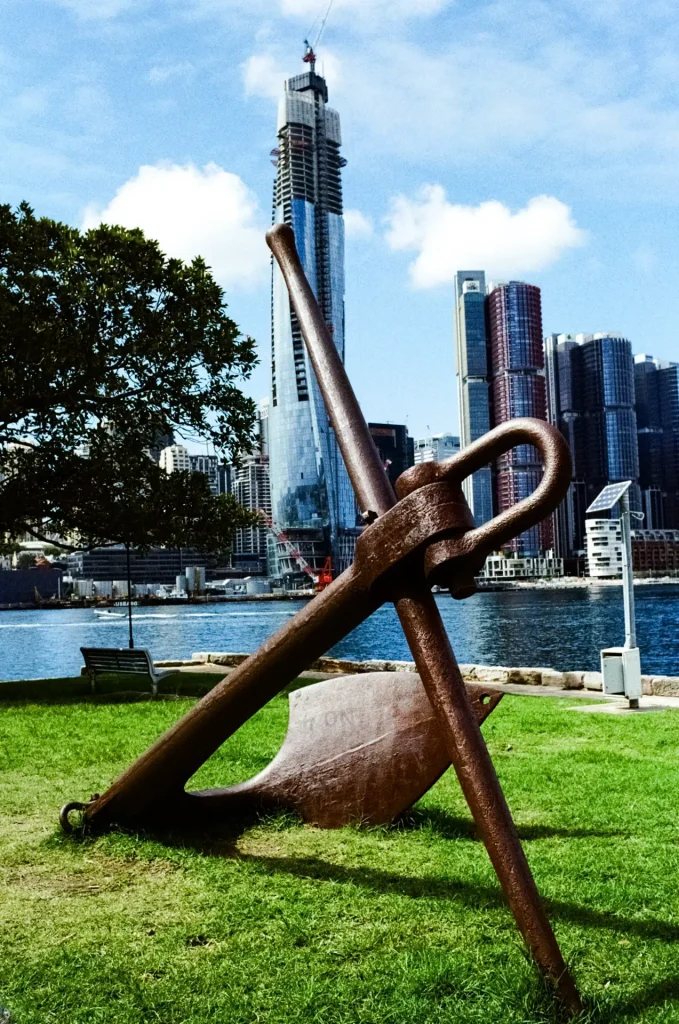
Motor Drive?
The Ninja wasn’t immune to this need for speed – with the optional motor drive speeds of 3.2 FPS could be achieved. I don’t see the need for this speed, or the gargantuan motor drive attachment. It would add a lot of weight to the mix. For me the motor drive is obsolete, as I shoot film to slow down, for a more personal and reminiscent feel, some say for the romance of photography. The Last Ninja is not my work horse. If I wanted speed I would use something else. I feel this is an elegant camera for the purist.
Manually one could never keep up with the FPS of a modern DSLR. Thinking of how fast I could go, makes me hold out my thumb and flick my wrist side to side. The Nikon D780 specs, say it’s capable of 12 frames per second. I would have to have to move my thumb like a Billy the Kid draw, that fast.
Digital photography is great, in the way you can select ISO easier than you can change channels on the TV, also adjusting white balance is a plus, not to mention the marvels of an electronic viewfinder. But enough about those space age features. They just aren’t needed for everything.
Film
I have been putting lots of different film stock through The Last Ninja in the two years I’ve owned it. My two favourite film stocks on this camera so far are Kodak ProImage 100 and Kodak Ektar 100.
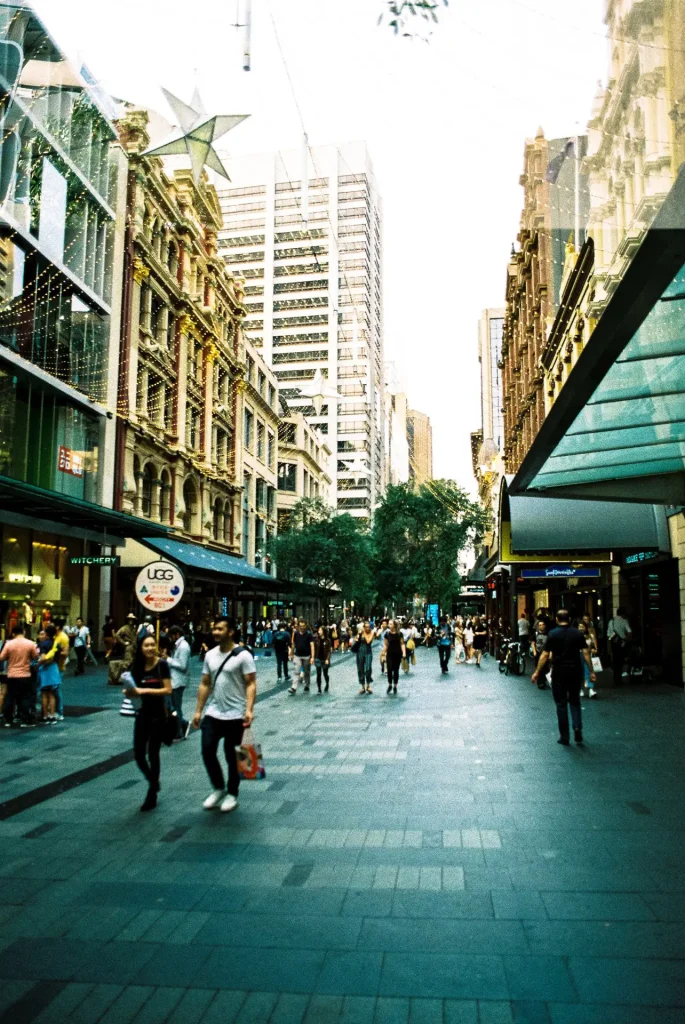
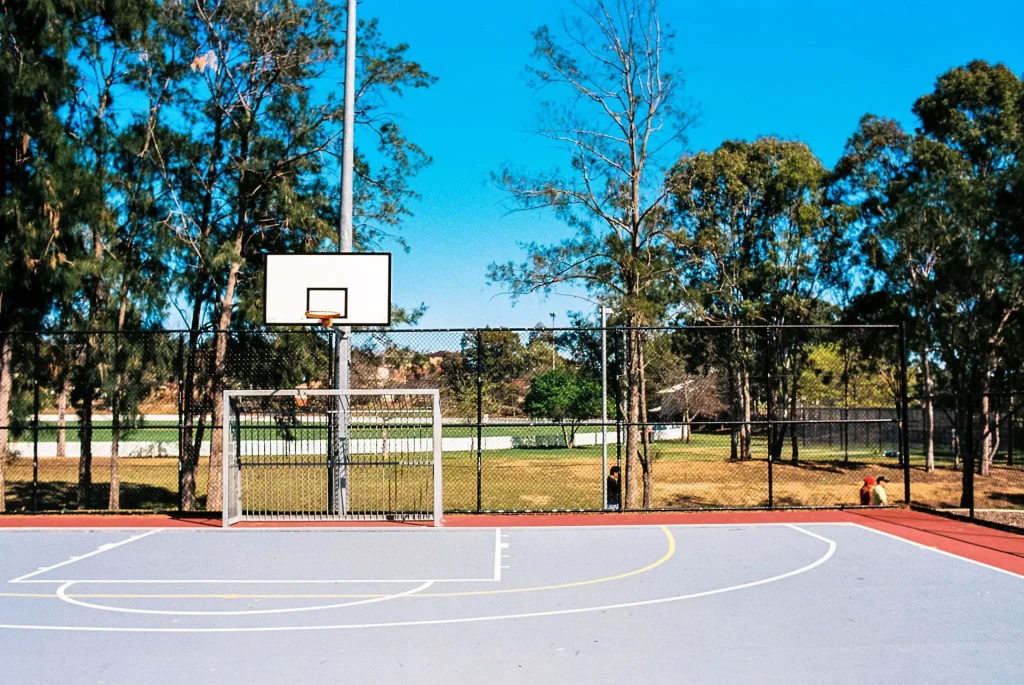
I also had the privilege to shoot a well stored roll of Fujifilm Provia 400F. I had kept this roll of film in 3 different fridges in the span of 23 years, very expired yet in very good condition, this film had an effect that left me staring at the images for a long time and left me wanting more, unfortunately this film formula is no longer available.
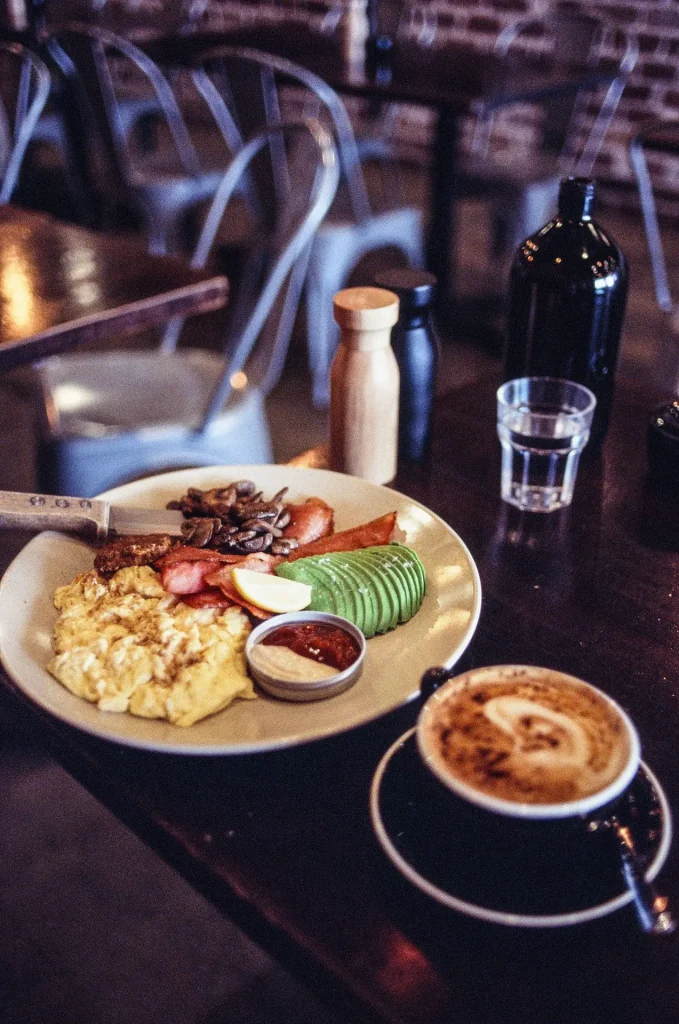

The last roll of film I ran through “The Last Ninja’s” Belly. The impressive Ilford HP5+. I knew I wanted to create black and white photos with the high contrast look pushed Tri-X gives you. But, when I saw the Ilford images. I was floored with the results. Truly outstanding shadows details HP5 brings to the table. Even pushed HP5 in this case. I will definitely be buying more rolls of HP5 and it will be a hard choice between this and Tri-X.
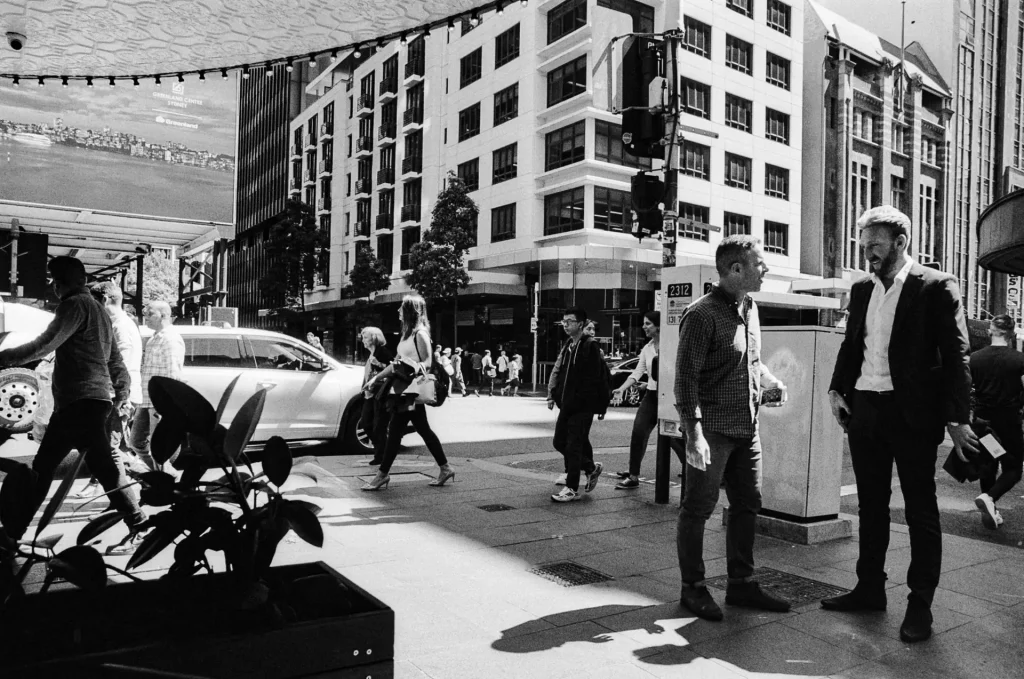
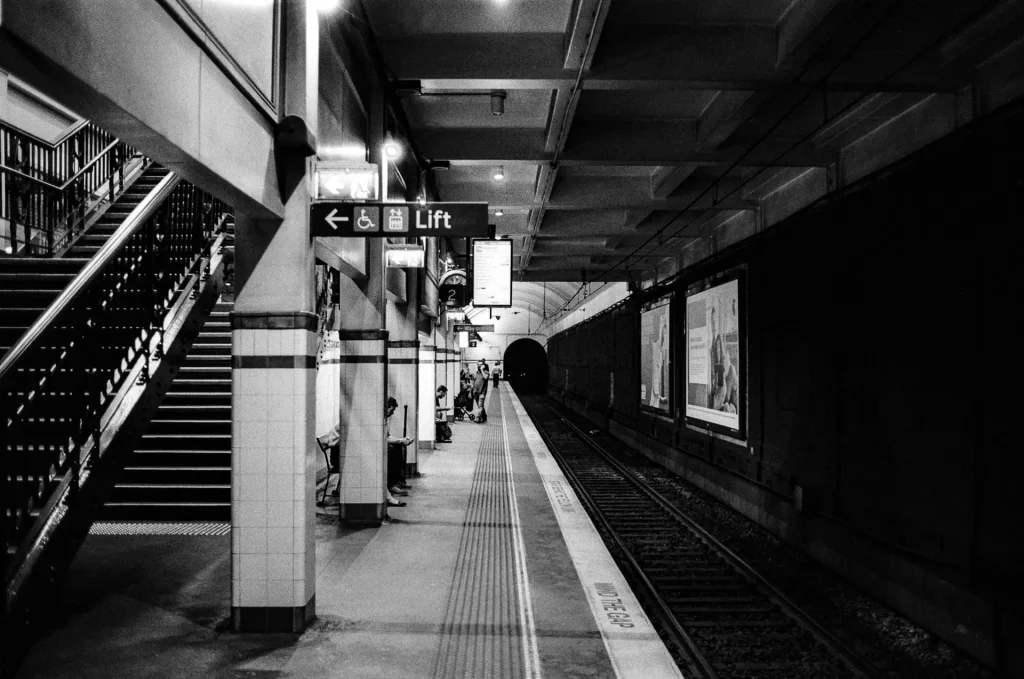
The Last Ninja was on the shelves at a strange time. Your average manual focus film photographer looking to update their Nikon FM2, for example, would have been faced with a lot of choices that might have drawn their eye away from FM3A. In the same era it was released, the Nikon F100 might have captured their imagination instead, or maybe even an early digital SLR.
This dilemma and maybe a desire for greater technology didn’t win the FM3A too many fans in its day – it’s safe to say that more people would have left the shops with a bag full of F100 than an FM3A. This was near 20 years ago, it was the time of a photographic revolution. Both the Nikon F100 and FM3A have cult followings today, but you only need to look at the prices of the FM3A to appreciate how popular this camera has become. The Legend of “The Last Ninja” lives on!
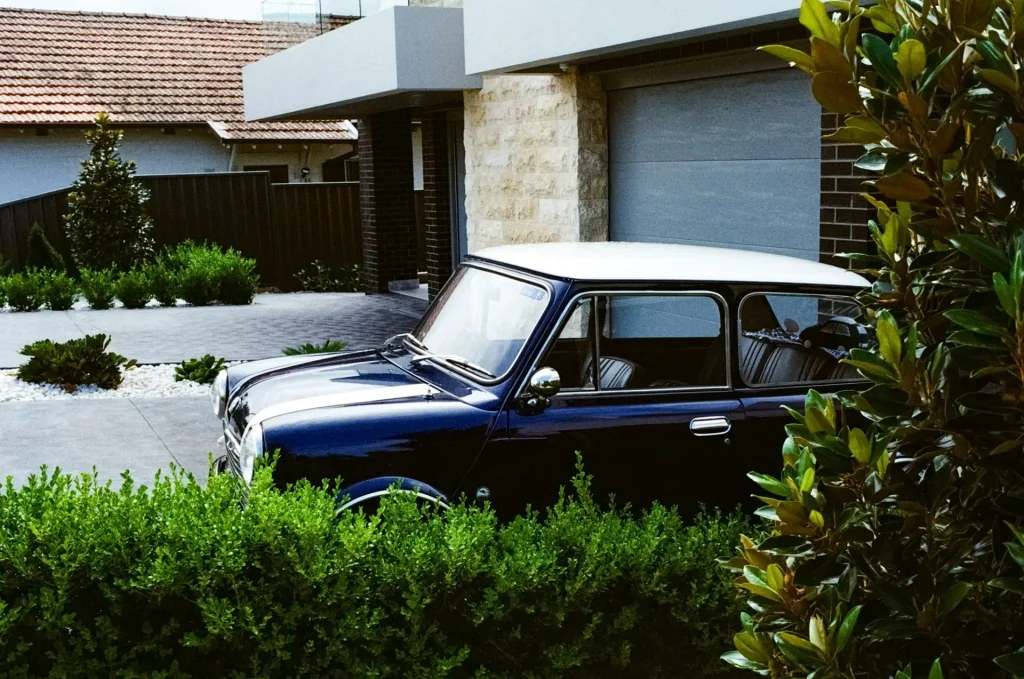
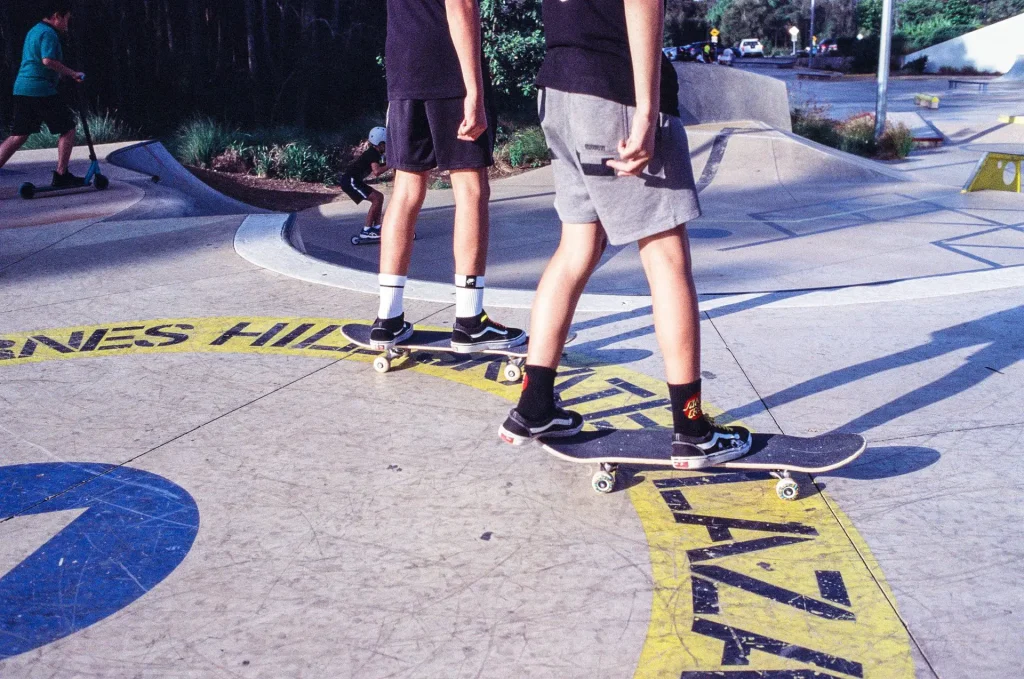
For my needs, I’m very happy with The Last Ninja and everything that in gives me. I feel like I have a real piece of history not just a camera over my shoulder. I’m also very happy with the level of scanning being provided by film business supporting the film community today in 2020. Thank you everyone here for keeping film alive. I truly believe that there is a film worldwide renaissance happening, and I’m very happy to be a part of it.
Thanks for reading and keep shooting.
You can find me here on Instagram
Share this post:
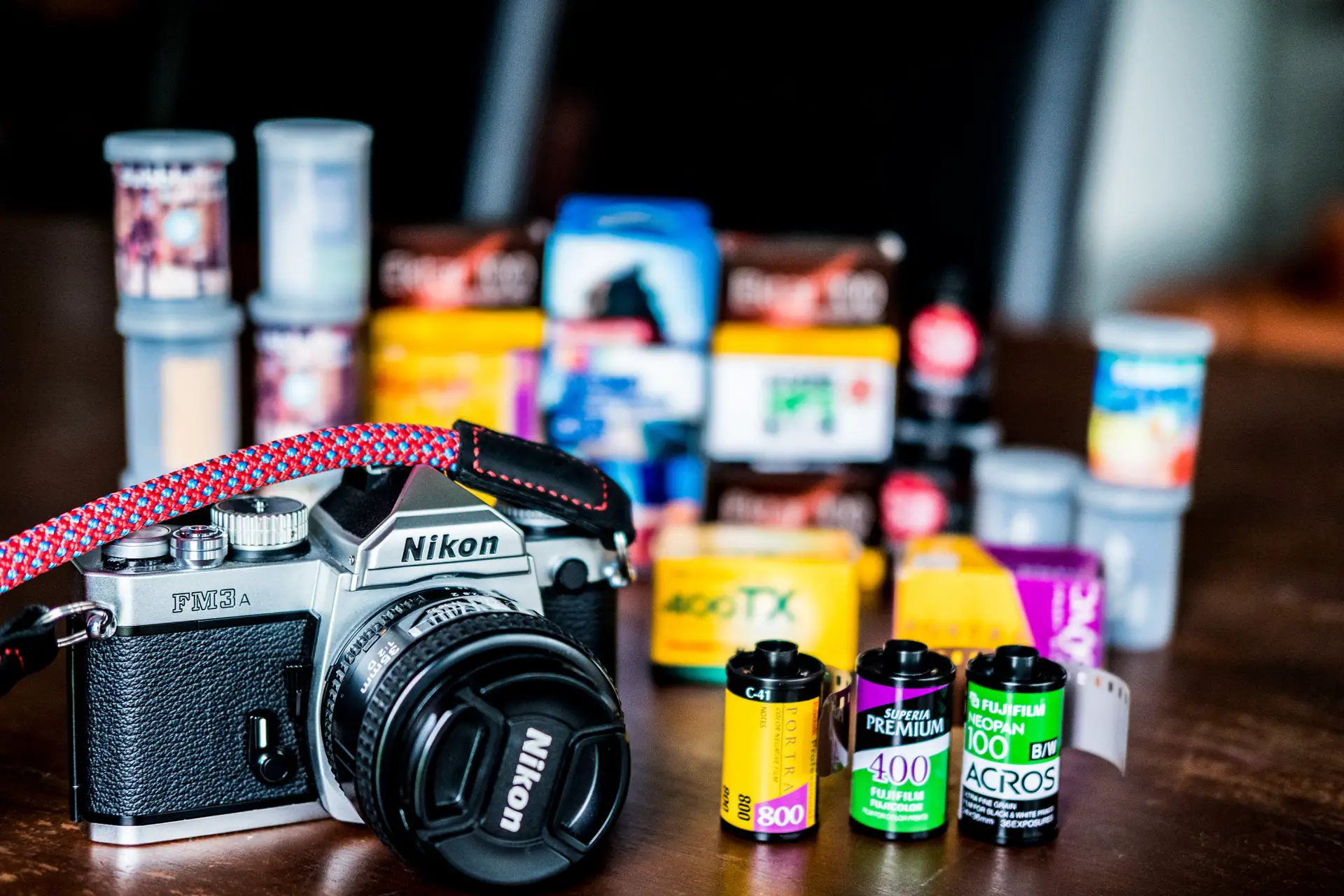








Comments
Simon on Nikon FM3a – Code Name: “The Last Ninja” – by Rod ZX
Comment posted: 07/06/2020
Comment posted: 07/06/2020
Phil Stefans on Nikon FM3a – Code Name: “The Last Ninja” – by Rod ZX
Comment posted: 08/06/2020
Comment posted: 08/06/2020
Huss on Nikon FM3a – Code Name: “The Last Ninja” – by Rod ZX
Comment posted: 08/06/2020
That would be the Leica R8/9. Center, spot, matrix metering. Aperture/Shutter/Programme/Manual modes. High speed flash sync. Shutter speeds up to 1/8000 sec.
But the Nikon is nice.
;)
Comment posted: 08/06/2020
Zach B on Nikon FM3a – Code Name: “The Last Ninja” – by Rod ZX
Comment posted: 09/06/2020
TTL flash metering with 1/250 sync makes event or wedding photography much easier when one has to work fast. I have used this at festivals, a wedding, and an outdoor wrestling tournament.
The needle meter system can be used for a general Zone System metering method - when I shoot I use this to quick check my range and the differences between my sky and ground levels. Depending on the scene I’ll meter the sky and place it three stops over. For day time use this needle system is superior to the LER system, but when shooting indoors or in low light it can become difficult to see.
Lastly, the Apature Priority mode. I don’t use this very often at all as I like to shoot with side light/ back light, and that can confuse the camera sometimes. But when shooting on a tripod in lowlight it is really nice to be able to set the lens to f/5.6-8, adjust the exposure comp to give me 1 to help ensure better results with long exposures, and then use the self timer for mirror lockup.
I’ve had my FM3a for about seven years and I shoot it in conjunction with my Leica film rangefinders. In January I took the FM3a on a 30-day trip around S.E. Asia with a Voigtlander 28mm f/2.8 and 58mm f/1.4 (plus a Rollei 35T) and found this to be a stellar travel kit. I shot 58 rolls of Delta 100/400 and made some really amazing photos.
The shutter of the FM series cameras is fairly reasonable, but surely more noticeable on the street than a Leica. I photographed a engagement ceremony in rural Laos, and really felt self conscious about the shutter noise during the ceremony. I also find that I can focus more accurately with a rangefinder in low light than with an SLR.
Comment posted: 09/06/2020
Khürt Louis Williams on Nikon FM3a – Code Name: “The Last Ninja” – by Rod ZX
Comment posted: 09/06/2020
Comment posted: 09/06/2020
Isolation Photo Project, Day 79: Blackened Catfish - Island in the Net on Nikon FM3a – Code Name: “The Last Ninja” – by Rod ZX
Comment posted: 10/06/2020
Castelli Daniel on Nikon FM3a – Code Name: “The Last Ninja” – by Rod ZX
Comment posted: 12/06/2020
Nice post, good shots. My primary gear is the (film) M series. However, I held onto my FE2 w/the 55mm micro-Nikkor AiS. The bodies of both the SLR & the rangefinder are very close to the same size. That’s a characteristic I like in terms of space in the bag. Both cameras are perfect for the task they were designed to do. I don’t have a focal length duplication between the two systems. In this period of lockdown, the FE2 gets a bit more use because I can’t get to my favorite places to shoot, which is more urban & street/people. Glad I kept the Nikon.
Continued good luck w/your photography.
Comment posted: 12/06/2020
Joe Brough on Nikon FM3a – Code Name: “The Last Ninja” – by Rod ZX
Comment posted: 21/06/2020
A fixed focal length prime I can highly recommend to go with The Last Ninja, both underdogs that punch well above their weight class & slay the opposition is the Tokina 100mm 2.8 Macro. A mindblowing portrait lens that is even better than its Nikkor counterpart @ 2-3 times the price. I got mine in 2010 when I was starting out in digital. It's a sleeper lens, so much so that (love him or hate him) Ken Wheeler/Angry Photographer said if you don't own this lens, you're a fkn moron. Nice to be quicker & smarter than Ken for once, hehe.
All the best,
JB
Comment posted: 21/06/2020